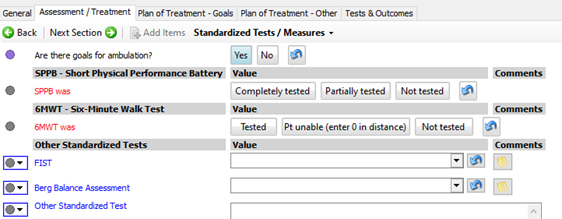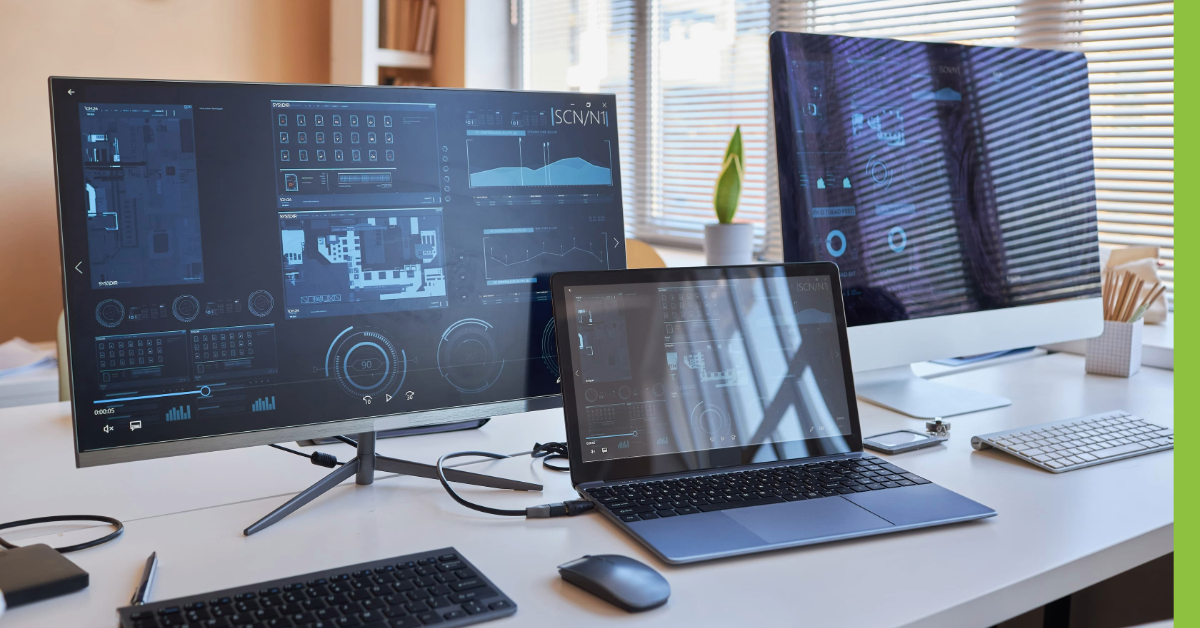New NetHealth Library Version coming in November
By Patty Scheets, Vice President, Quality and Compliance
Note: a PDF download of this content is available at the end of this article.
Since we launched our first version of our almost fully customized NetHealth library in January 2023, we have been gathering feedback from the field, conducting a time study, examining results from surveyors, monitoring denials, and studying outcome collection and audit results. Here’s some of what we’ve learned:
- Our original use of the GG scale to measure activity limitations was a dissatisfier among clinicians and payers but clinicians liked being able to “copy from document” when completing the GG form. We expanded the scale in the patch which seemed to satisfy the need for communication within the team and with payers.
- The Evaluation documents seemed to be performing well across all disciplines and the field feedback has been generally quite positive. Our audit results demonstrate improvement in average evaluation scores as compared to audit results from 2022.
- The audit scores of the Progress Reports were also improved compared to 2022 results, but the field reported some lack of clarity around some of the elements of the assessment section.
- The Treatment Encounter Notes (TEN) have not been required, and initially, this was quite problematic but improved with the patch. However, we still have instances of missing TEN, and while not required from a regulatory perspective, they are used routinely to communicate among clinicians and support skilled need with payers.
- We have very few required items in the current TEN, and if only the required items are completed, it produces a very weak treatment note. Our audit scores of TENs have gotten worse as compared to 2022.
- Results of our time study revealed that it takes us, on average, 6.5 minutes to complete a TEN across all disciplines. The time it takes to complete a note has no relationship to the quality of the note. This means that writing more does not necessarily improve the quality of the note.
- We changed the set-up of the physical therapy outcome measures thinking that it would promote completing the data on all appropriate patients and clearer measurement of those for whom we could not complete the measures. This proved to be an incorrect assumption that resulted in many “false zeros” on patients who met the criteria for testing but on whom we did not complete the tests.
- The new ASHA NOMS/FCMs items don’t work well with a customized library creating a variety of errors across locations. They are also difficult to work with, especially in evaluation only cases, and require a fair amount of time to complete, especially at discharge.
- You were anxious to have the w/c evaluation option again.
With all of this information in mind, we set about making changes for the next revision to the library. Before I share some of the things you can expect in the next version, I want to thank Kim Gabourel and Lori Waller, our customization team, for their extra effort in combing through the feedback and understanding how to squeeze every ounce of functionality from NetHealth they can to make our ideas work in everyday practice.
Now, here are some of the big changes scheduled to take effect in early to mid-November:
- We are staying with our expanded GG scale but have changed the names of the buttons of SBA and CGA to Sup and Touch so that the language better aligns with the GG levels.
- We integrated the GG items on the Activity Limitations (PT) and Occupations – ADL (OT) pages of the Evaluation and Discharge notes hoping to decrease the cognitive burden of completing the GG items. This also makes it possible to “copy from document” when completing the GG form.
- On the Progress Report:
- Added a section, “Other Status Updates” where you can document changes in ROM (requested for patients s/p total joint replacements), other new findings, or changes in medical condition.
- Under Response to Treatment, removed Evidence for Improved and Ongoing Impairments and replaced with Objective Findings/Clinical Observations indicating improvement.
- Under Reasons for Continuing Care, added Objective Findings/Clinical Observations for ongoing impairments.
- On the TEN:
- This is now required, but the treatment itself may still be documented on the evaluation, progress report, and recertification documents. When you open the note, you’ll see this:

If you select Eval, Progress Report, Recert, you’ll get a system reminder that a TEN is not required and to enter your minutes of treatment under the appropriate CPT code.
For a regular treatment day or when completing a discharge note, select TEN. Then proceed with the remainder of the note by selecting Elements Provided.
- You must select at least one treatment element. When you do, the required parameters of that intervention will be in red. Other, not required parameters may also be present. For each the Details and Clinician’s Role boxes are required. Completing the not required parameters of the treatment will often minimize what you need to put in the Details box. The Details box is a free text box, but keep your comments focused on the critical elements of the treatment so that the person coming behind you can replicate the treatment.
- There is a Clinician’s Role box for each element of care provided, so the summary box has been removed.
- The Patient’s Response section is required.
- For the PT Standardized Test/Measures:
- In response to field feedback, we have provided an option to enter portions of the SPPB if the entire test was not completed. It’s important to remember, however, that all of the items take only minutes to complete, and we encourage you to complete these items very early in your examination process. ONLY FULLY COMPLETED TESTS WILL COUNT WHEN WE MEASURE ADHERENCE TO TESTING. Here’s what you’ll see:

- If you select “Completely tested” on the SPPB, all of the items will appear and be required. If you select “Partially tested” on the SPPB, all of the items will appear; none is required, and you will not see a line for the total SPPB. If you did not do the test, select “Not tested.”
- For the 6MWT, if the patient is unable to walk, select the appropriate option and enter 0 feet. If you did not do the test, select “Not tested.”
- Because of the challenges stated above, we decided to discontinue use of the ASHA NOMS/FCMs. Our plan is to extract data from the speech notes including the ACE III total and domain scores, the Disrupted Swallow data, as well as the level of assistance type scales for other speech areas.
- We added specialty evals: PT – Positioning; OT – Positioning / Contracture Management, SLP – AAC. This includes the Power Indoor Driving Assessment to the PT and OT positioning documents.
In addition to these big changes, Kim and Lori have made many smaller tweaks in response to your feedback. Here are some of those changes:
- Linked speech goals to objective areas throughout the notes and repaired goals that weren’t referencing baseline values.
- Added Section K to the SLP TENS.
- Added Other Motor Speech option for motor speech treatments.
- Separated EC7 and RG7 in the SLP items.
- Created an “other dx education” text box in the speech documents so that it copies forward.
- Added NT and N/A to our expanded GG scale.
- Repaired impairments lists so they auto copy forward to the progress report, recert, and discharge summary.
- Created an ‘other’ box for Medications so they copy forward to subsequent notes.
- Choosing “vital sign changes” in Patient Response to Treatment will make the vital sign tab required.
- Choosing “pain symptoms with or after movement” in Patient Response to Treatment will open a pain value and location boxes that are required.
- Strength and aerobic training parameters in PT and OT in treatment elements provided are now build boxes.
Thank you to everyone who has provided feedback on the library content. Please keep sending us your suggestions and ideas and letting us know if things aren’t working as you would expect them to. Submit your feedback my clicking here.






